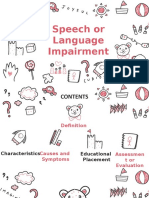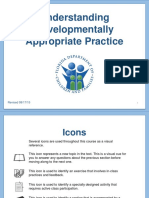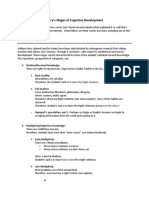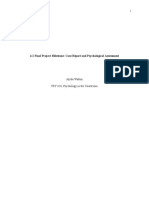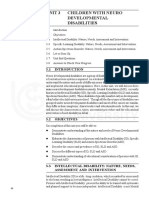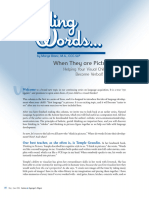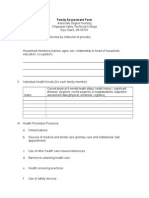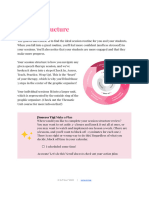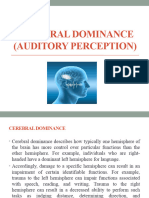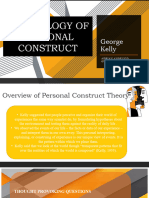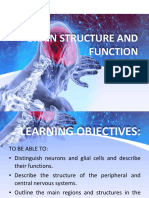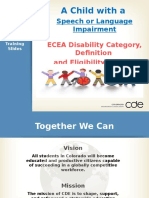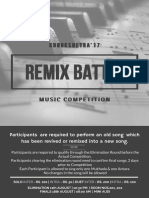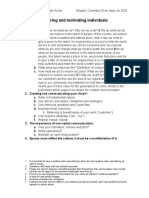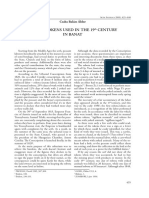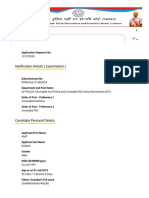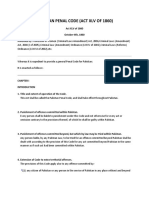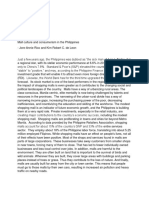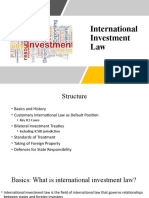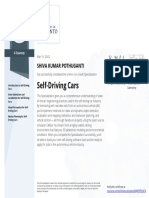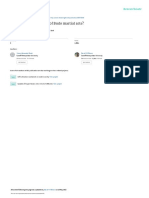0% found this document useful (0 votes)
180 views15 pagesPerry Guide To SLP Services
The document provides information about speech and language services provided by the Perry Public Schools Special Education Department. It outlines the commitment to serving students with special needs and describes the roles of speech language pathologists in providing diagnostic, therapeutic, and consultative services for issues like articulation, language, voice, fluency, and phonology. It also summarizes the models used to deliver these services, including consultation, classroom-based, small group, and individual therapy.
Uploaded by
talk_docCopyright
© Attribution Non-Commercial (BY-NC)
We take content rights seriously. If you suspect this is your content, claim it here.
Available Formats
Download as DOC, PDF, TXT or read online on Scribd
0% found this document useful (0 votes)
180 views15 pagesPerry Guide To SLP Services
The document provides information about speech and language services provided by the Perry Public Schools Special Education Department. It outlines the commitment to serving students with special needs and describes the roles of speech language pathologists in providing diagnostic, therapeutic, and consultative services for issues like articulation, language, voice, fluency, and phonology. It also summarizes the models used to deliver these services, including consultation, classroom-based, small group, and individual therapy.
Uploaded by
talk_docCopyright
© Attribution Non-Commercial (BY-NC)
We take content rights seriously. If you suspect this is your content, claim it here.
Available Formats
Download as DOC, PDF, TXT or read online on Scribd
/ 15
